Exploration has always pushed the boundaries of human endurance and knowledge. However, some of these bold missions ended in tragedy, leaving behind stories of courage and loss. These disasters serve as reminders of the risks inherent in seeking the unknown.
The Donner Party (1846-1847)
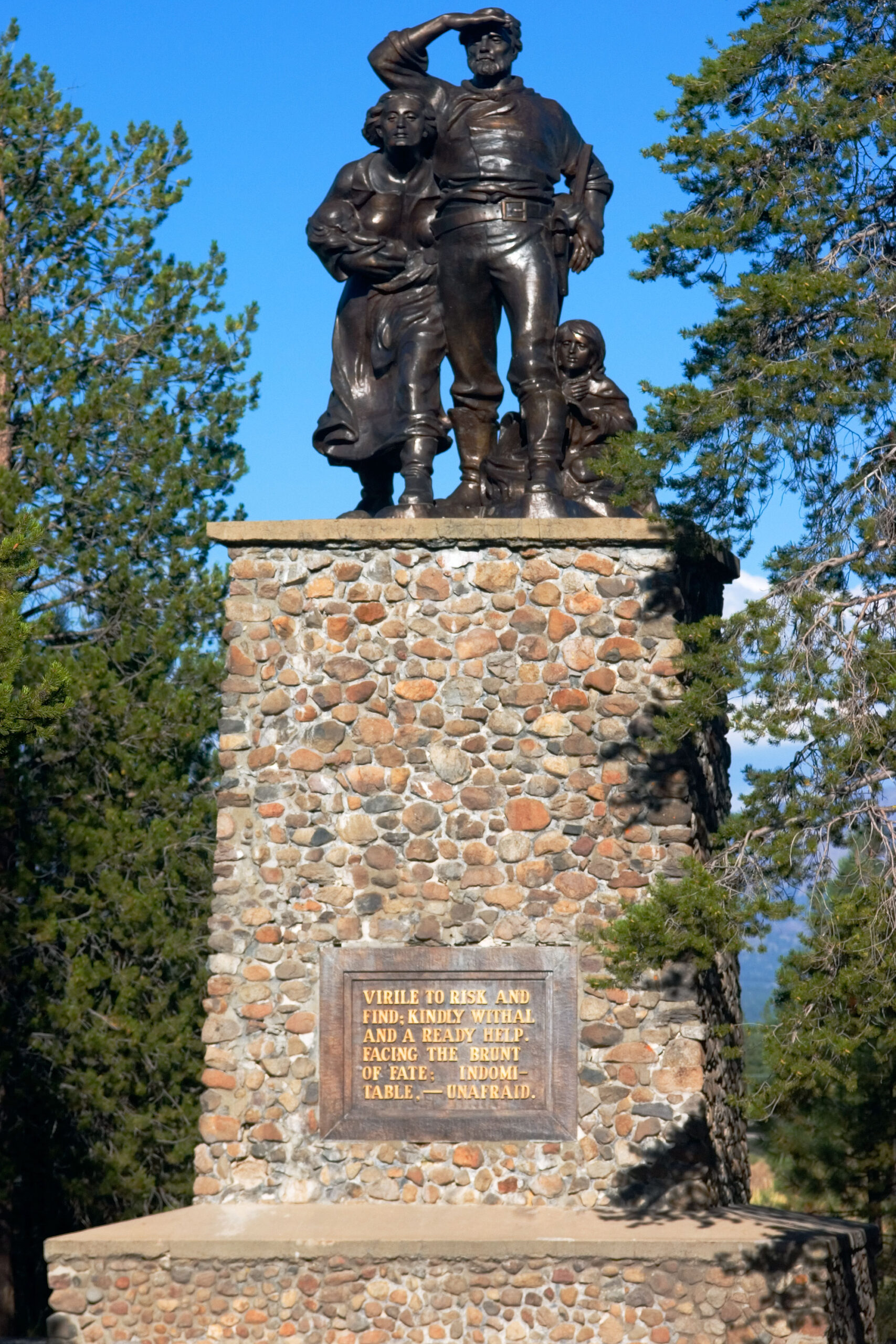
The Donner Party’s westward journey to California turned into a nightmare. The group became trapped in the Sierra Nevada mountains during a brutal winter. Food supplies quickly dwindled, and starvation set in. Some members resorted to cannibalism to survive. Despite rescue efforts, nearly half of the original group perished. This tragic event remains a stark reminder of the perils of frontier exploration.
Franklin’s Lost Expedition (1845)

Franklin’s Lost Expedition sought the fabled Northwest Passage. Led by Sir John Franklin, two ships, the HMS Erebus and HMS Terror, ventured into Arctic waters. Ice trapped the ships, stranding the crew. Harsh conditions and dwindling supplies led to despair. The entire crew of 129 men eventually perished. The mystery surrounding their fate wasn’t fully uncovered until more than a century later.
Apollo 1 Mission (1967)
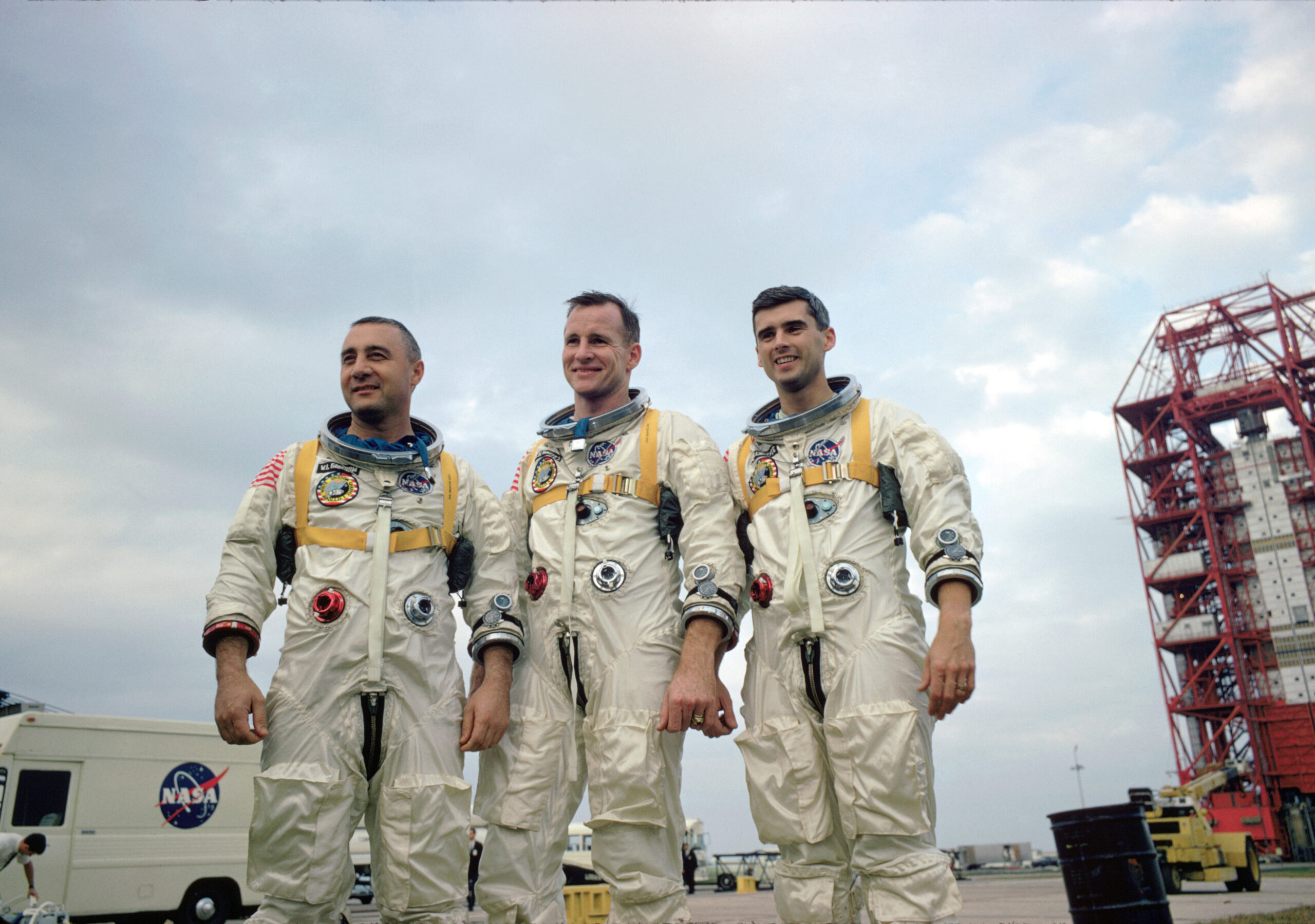
The Apollo 1 mission was intended as a preparatory step for landing on the moon. Tragically, a cabin fire during a pre-launch test claimed the lives of all three astronauts aboard. The fire spread rapidly due to the pure oxygen atmosphere in the cabin. Safety oversights contributed to the disaster. The incident led to significant design changes in the Apollo program. It was a sobering setback in the race to the moon.
The Hindenburg Disaster (1937)
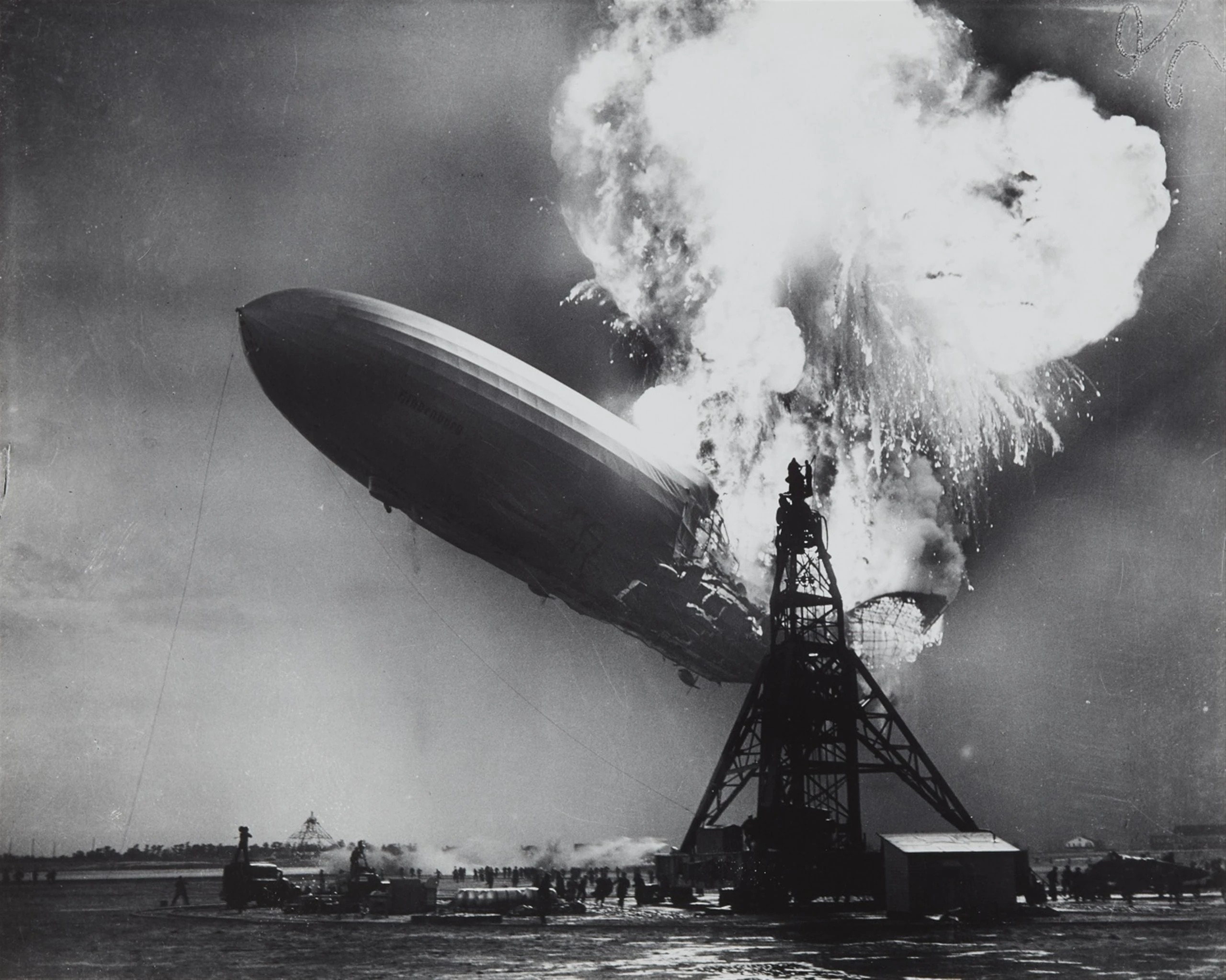
The Hindenburg, a massive German airship, was the pride of its time. On May 6, 1937, it caught fire while attempting to dock in New Jersey. The flames consumed the airship within seconds. Of the 97 people aboard, 36 lost their lives. The disaster was broadcast live on radio, shocking the world. The cause of the fire remains debated, but the event marked the end of the airship era.
The Challenger Space Shuttle Disaster (1986)
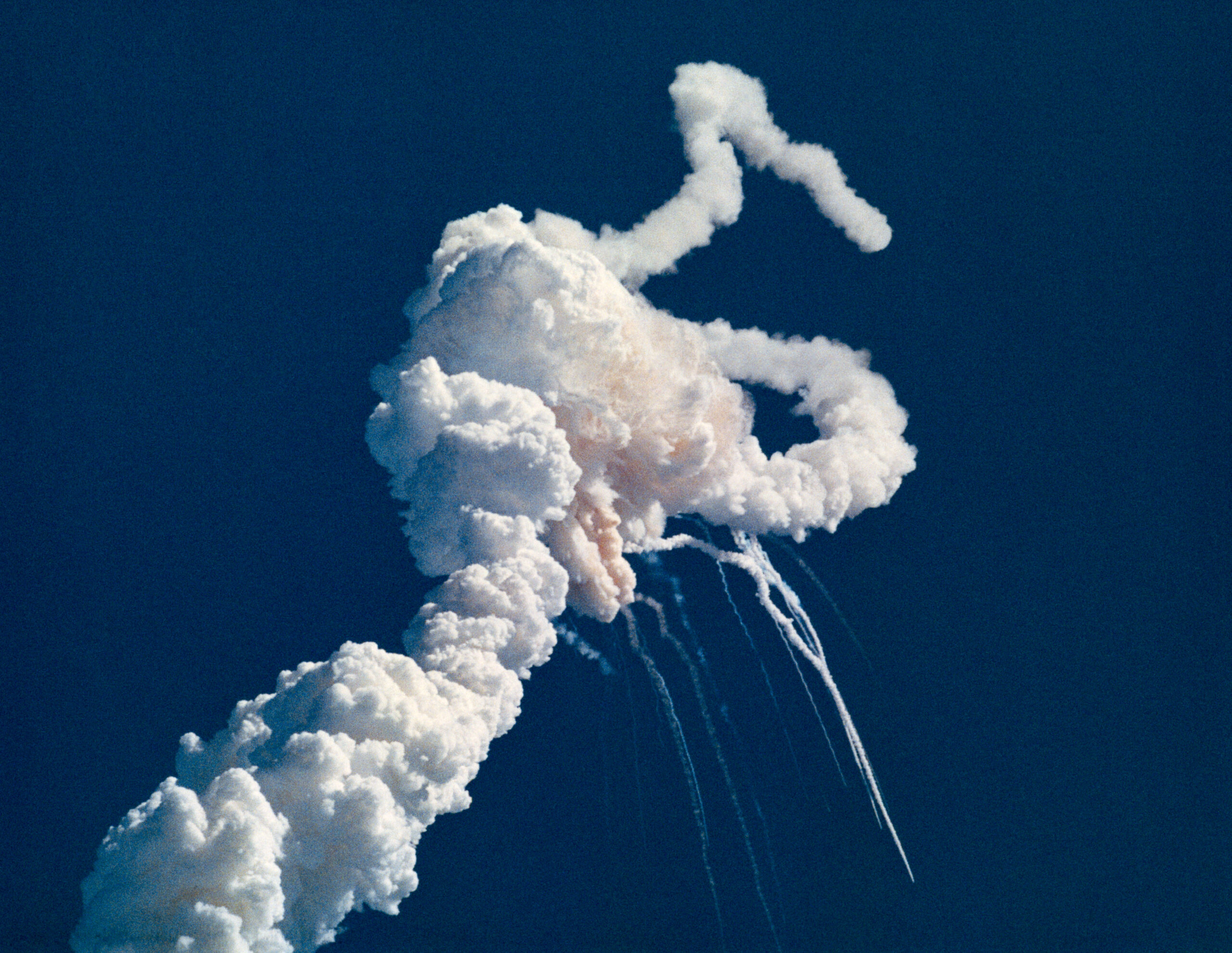
The Challenger Space Shuttle disaster occurred just 73 seconds after liftoff. A faulty O-ring in the right solid rocket booster caused the explosion. The shuttle broke apart, killing all seven crew members. The tragedy was witnessed live by millions, leaving a profound impact on the public. An investigation revealed flaws in NASA’s decision-making process. The disaster led to a two-and-a-half-year hiatus in the shuttle program.
The Endurance Expedition (1914-1917)
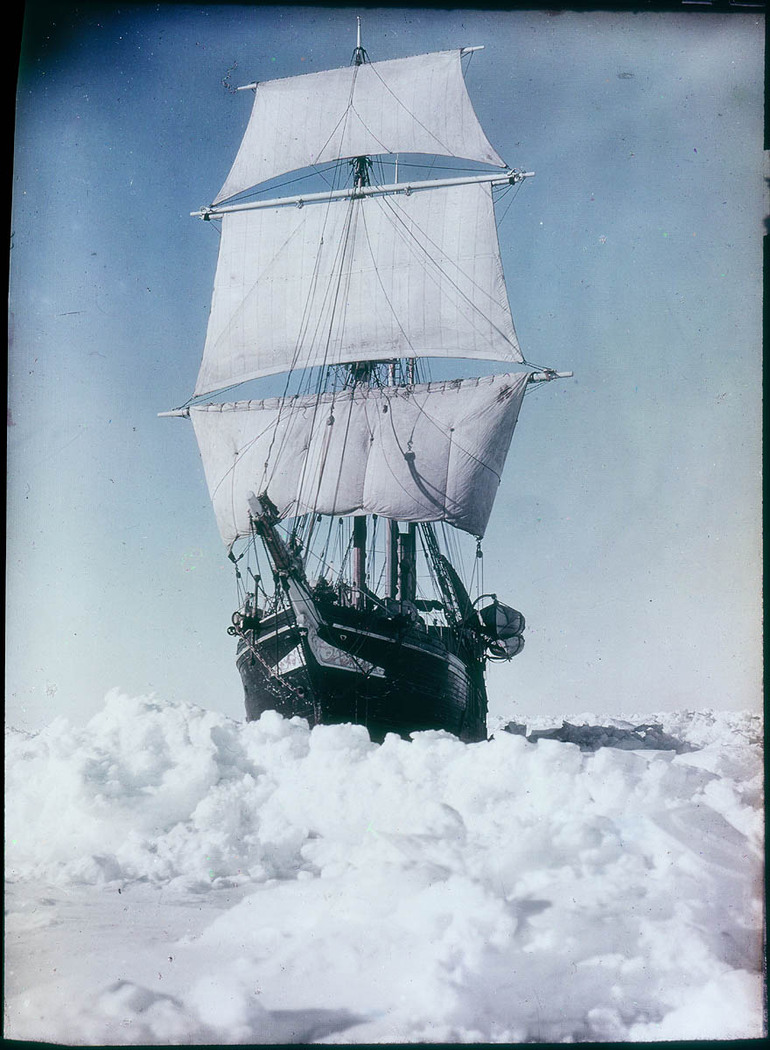
The Endurance Expedition, led by Sir Ernest Shackleton, aimed to cross Antarctica. However, the ship, Endurance, became trapped in pack ice. The crew was forced to abandon the ship as it was slowly crushed by the ice. They endured months of extreme conditions on the ice floes. Shackleton’s leadership was pivotal in their survival. Remarkably, all 28 men were eventually rescued after a harrowing ordeal.
The Amundsen Expedition (1928)
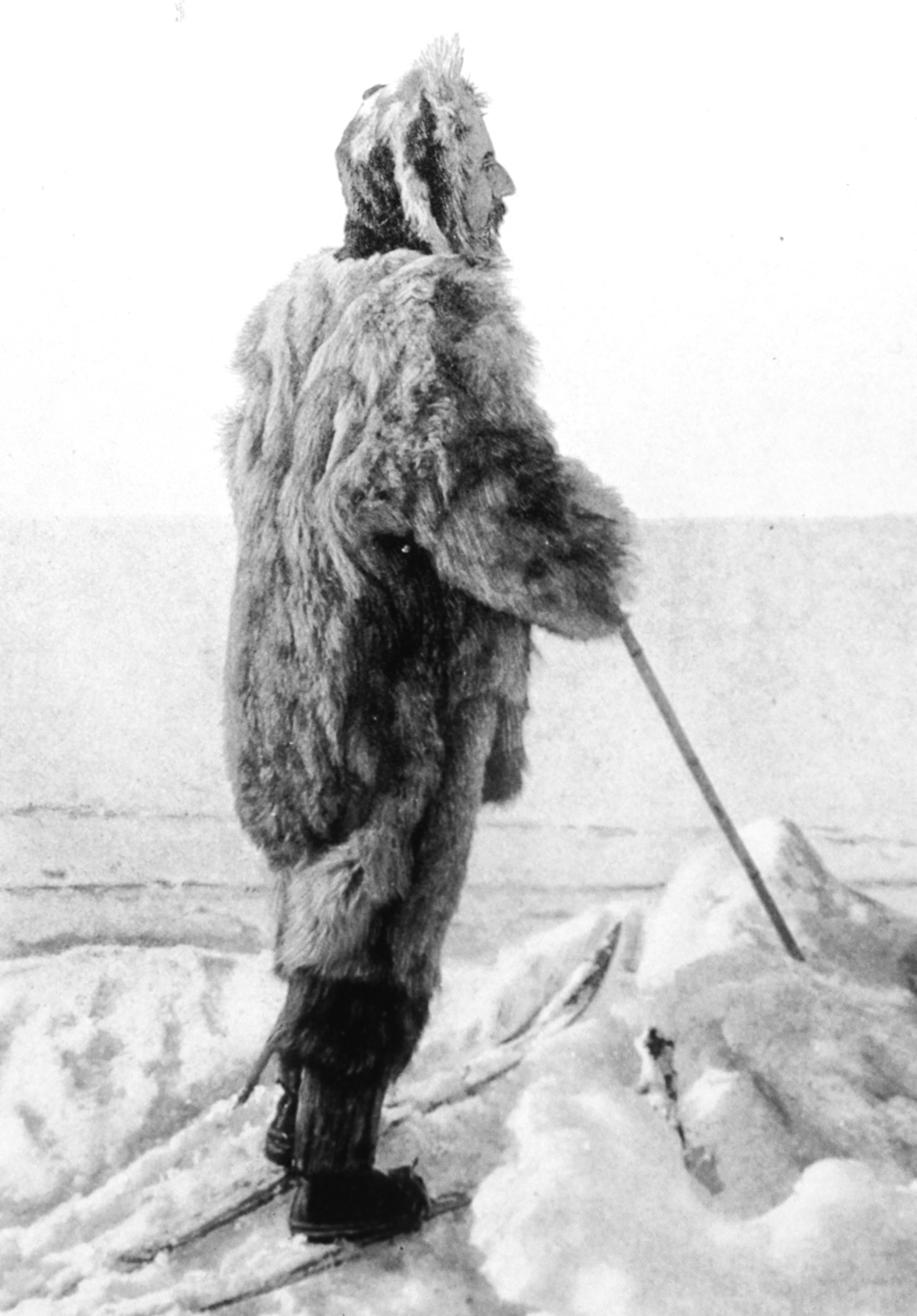
Roald Amundsen, famed for being the first to reach the South Pole, met his end during a rescue mission. In 1928, he set out to find a missing airship, the Italia, in the Arctic. His plane disappeared without a trace. Despite extensive search efforts, no remains were found. Amundsen’s fate remains one of the great unsolved mysteries of polar exploration. His legacy, however, endures in the annals of exploration history.
The Mars Climate Orbiter (1999)
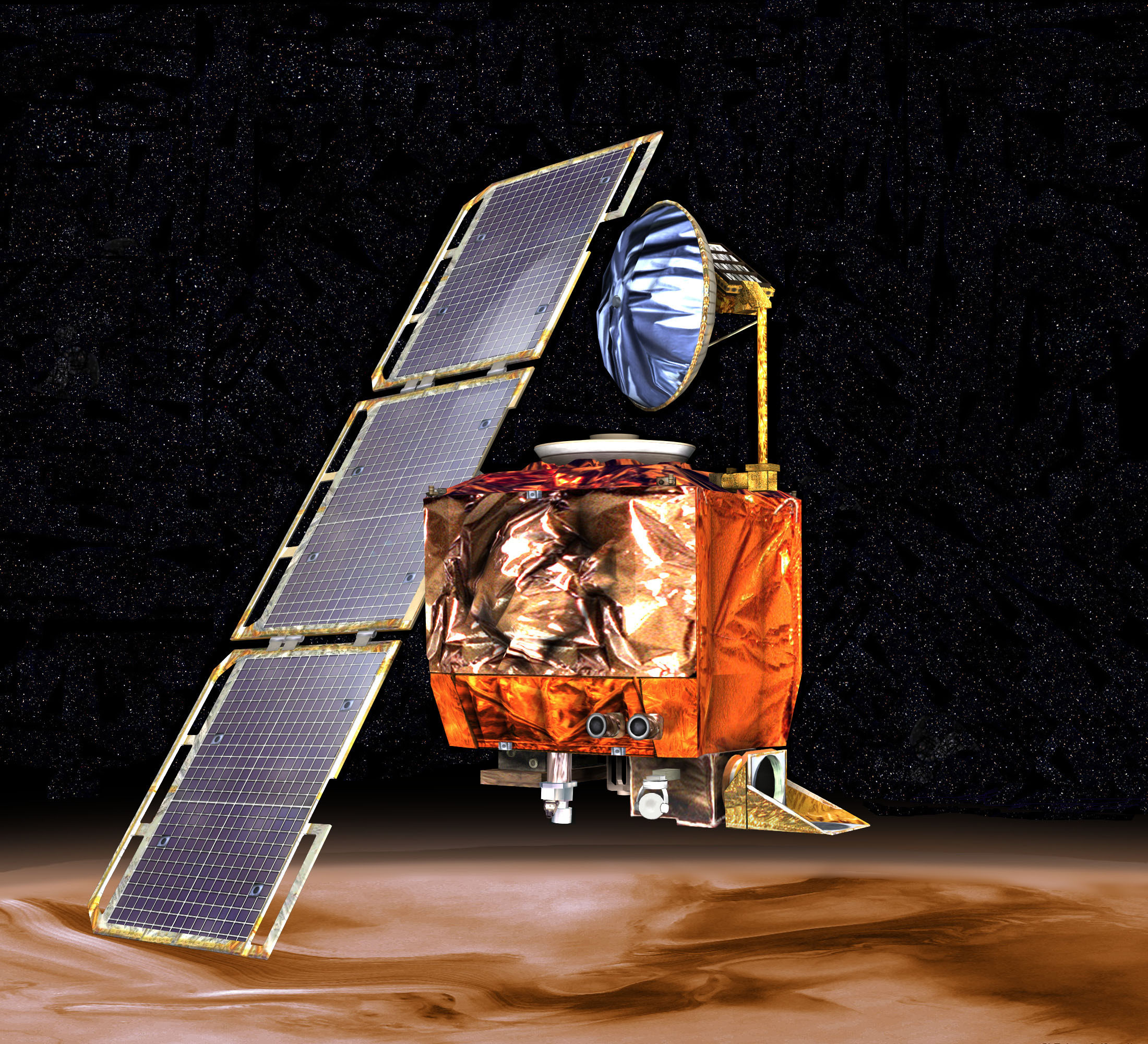
The Mars Climate Orbiter was part of NASA’s mission to study the Martian atmosphere. However, a simple conversion error led to its destruction. One team used metric units, while another used imperial. This caused the orbiter to descend too low into the Martian atmosphere. The spacecraft was lost, along with valuable data. This costly mistake underscored the importance of meticulous planning in space missions.
The Vasa Shipwreck (1628)
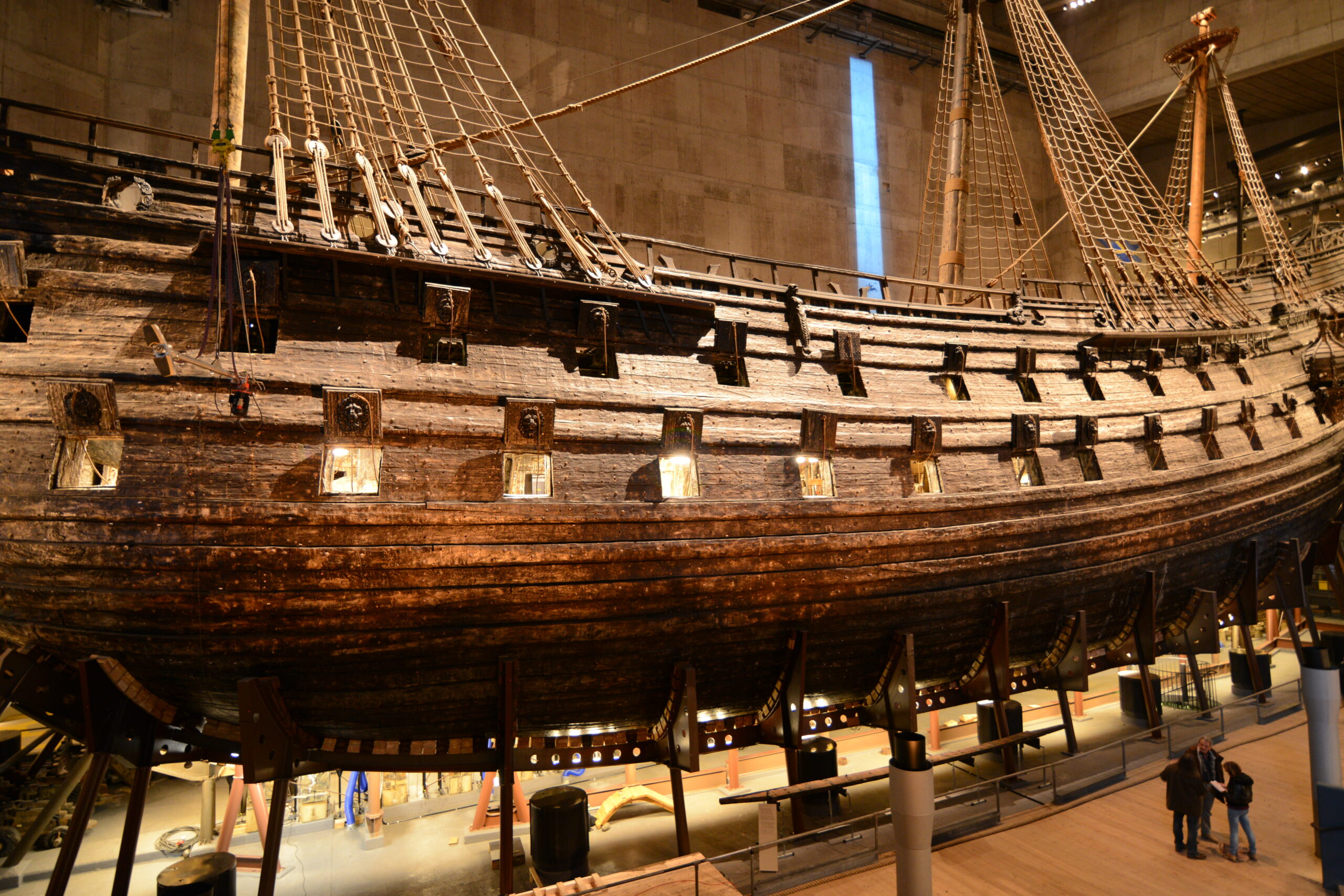
The Vasa, a Swedish warship, met disaster on its maiden voyage. It was heavily laden with cannons, making it top-heavy. Just minutes after setting sail, a strong gust of wind caused it to capsize. Water rushed in through open gun ports, sinking the ship quickly. The loss was a major blow to Swedish naval pride. More than 30 lives were lost in the tragedy. The wreck was recovered in the 20th century, revealing the ship’s magnificence and flaws.
The La Salle Expedition (1684)
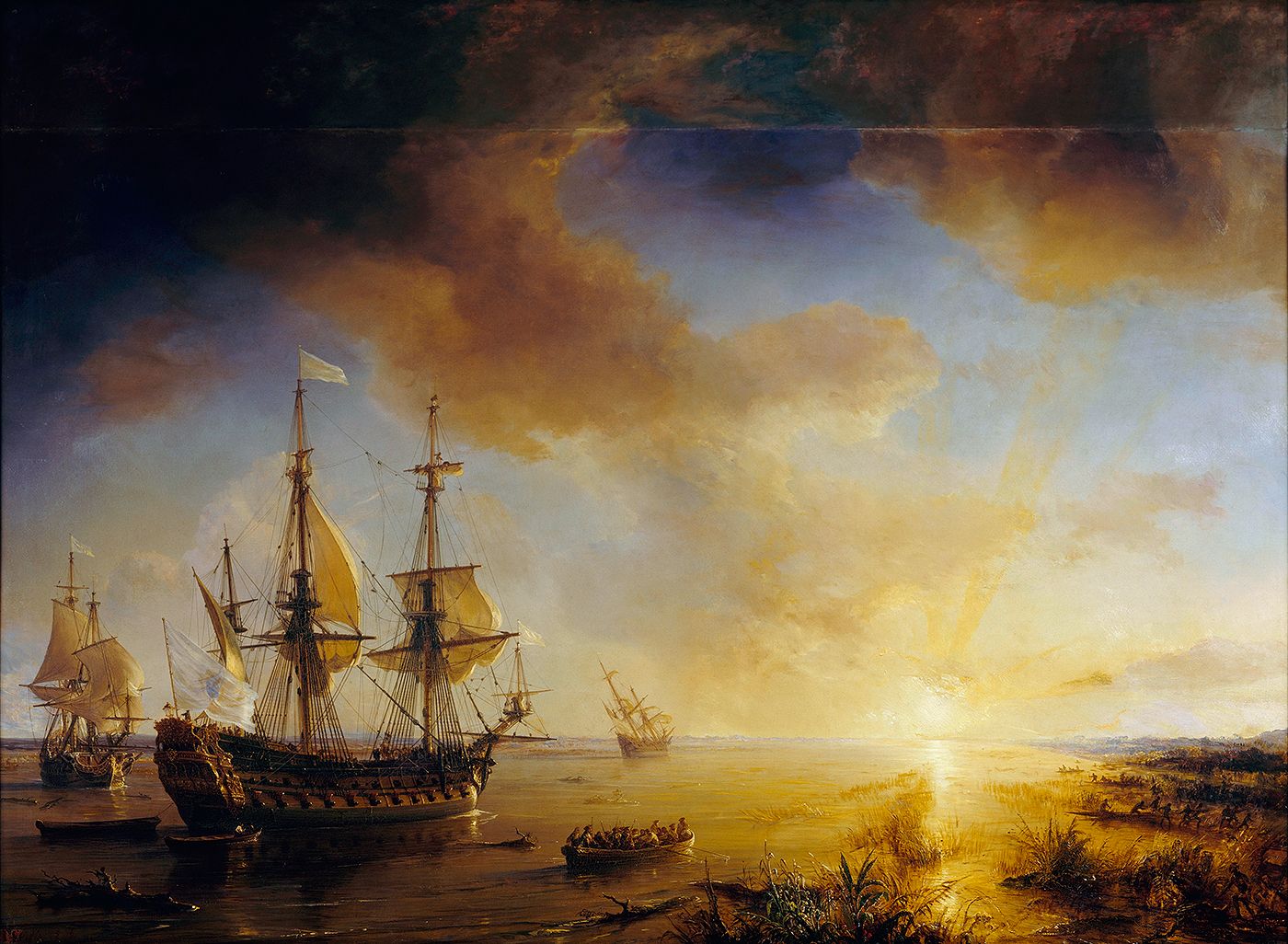
René-Robert Cavelier, Sieur de La Salle, aimed to establish a French colony at the mouth of the Mississippi River. However, navigation errors led the expedition far off course. They landed in what is now Texas, hundreds of miles from their intended destination. The group faced hostile conditions, including disease and conflict with indigenous peoples. Supplies dwindled, and morale plummeted. La Salle was eventually killed by his own men in a mutiny. The expedition ended in complete failure, with few survivors.
The Scott Antarctic Expedition (1910-1913)
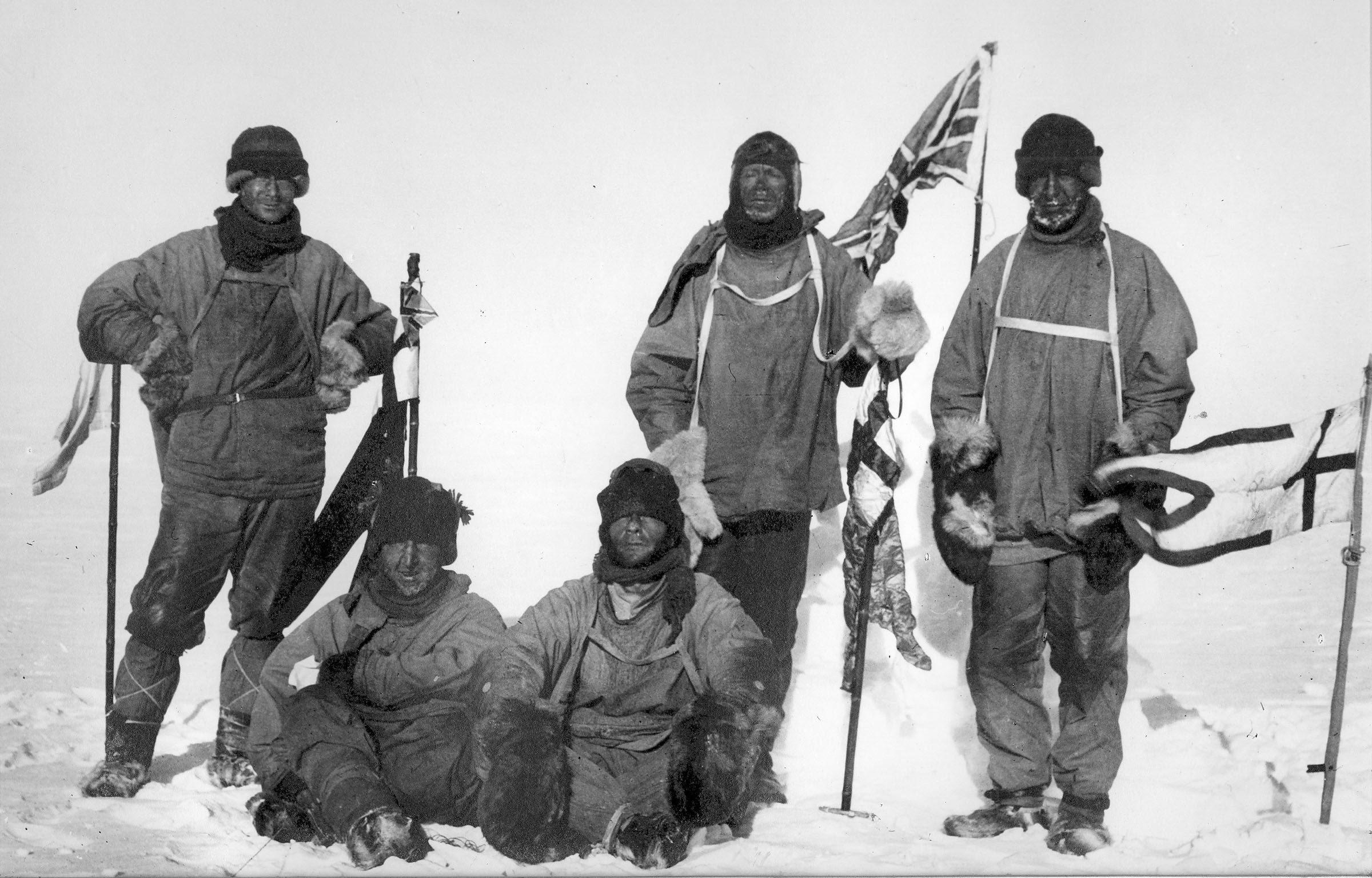
Captain Robert Falcon Scott led an expedition to be the first to reach the South Pole. The team achieved their goal, but discovered they had been beaten by Roald Amundsen. On the return journey, they faced brutal weather, frostbite, and starvation. Scott and his men perished just 11 miles from a supply depot. Their bodies and diaries were found months later, revealing their harrowing final days. The tragedy overshadowed their achievement, but their bravery is still honored.
The Burke and Wills Expedition (1860-1861)
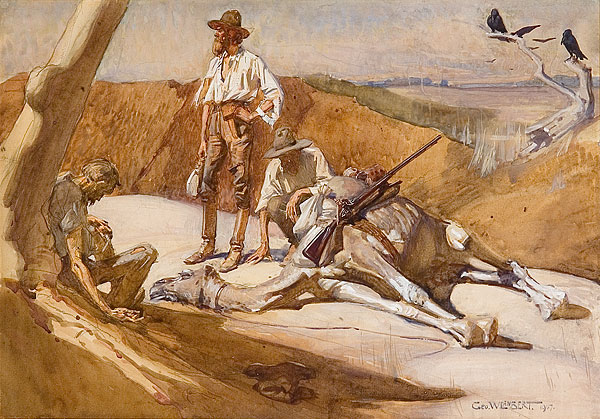
The Burke and Wills Expedition set out to cross Australia from south to north. The journey was plagued by poor planning and harsh conditions. Supplies ran low, and the men struggled in the extreme heat. On the return leg, they missed a supply party by just hours. Starvation and exhaustion took the lives of both leaders, Robert Burke and William Wills. Only one man from the original party survived, making it back to civilization.
The HMS Pandora (1791)

The HMS Pandora was sent to capture the mutineers of the HMS Bounty. The ship found 14 mutineers and imprisoned them in a makeshift cell on board. On the return voyage, the Pandora struck the Great Barrier Reef and sank. The crew and prisoners were forced into lifeboats. Four mutineers and 31 crew members drowned in the disaster. The survivors endured a perilous journey back to safety. The wreck of the Pandora was discovered in 1977.
The Beagle 2 Mission (2003)

The Beagle 2 was a British spacecraft designed to search for life on Mars. It successfully detached from its mothership but failed to deploy its solar panels. The lander was lost without ever transmitting data back to Earth. For years, its fate remained a mystery. In 2015, images from a NASA orbiter revealed that Beagle 2 had landed but was unable to function due to its incomplete deployment. The mission was a significant setback for European space exploration.
This article originally appeared on Rarest.org.
More from Rarest.org
1955 Jefferson Nickel Value Guide

The 1955 Jefferson nickel is a popular coin for many collectors today. Although the face value of this coin is just 5 cents, some come with a high collectible value. Read More.
18 Most Expensive Animal Mounts and Trophies
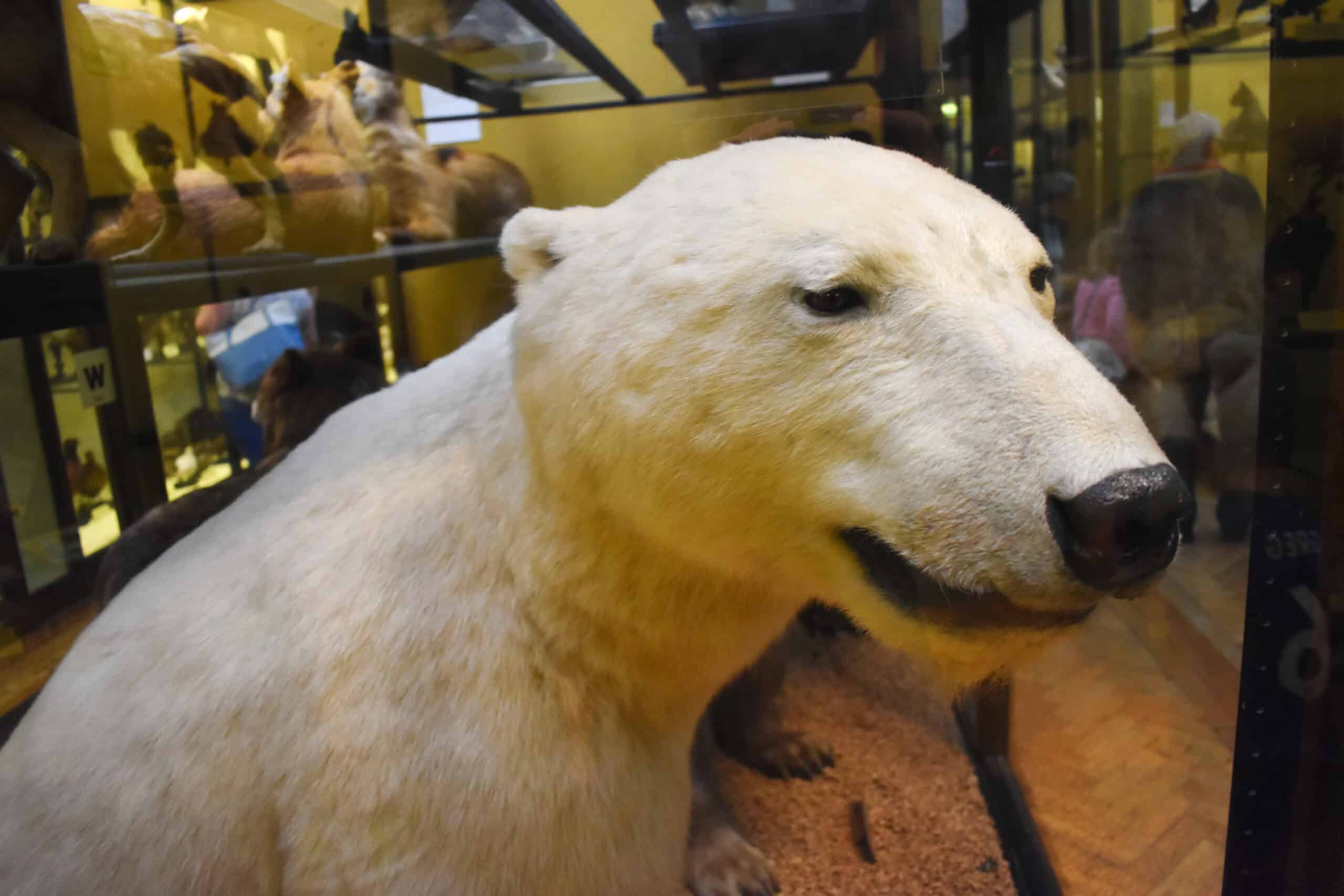
For enthusiasts and collectors of big game trophies, the allure of owning a rare and meticulously crafted animal mount is undeniable. Read More.
19 Most Expensive Bird Species to Own

Owning a bird is more than just having a pet; it’s a commitment to caring for a creature that can live for decades and bring endless joy with its vibrant colors, intelligence, and unique personalities. Read More.
